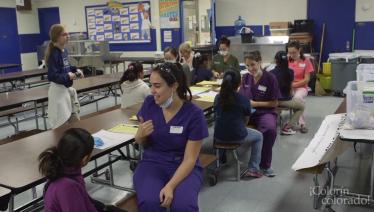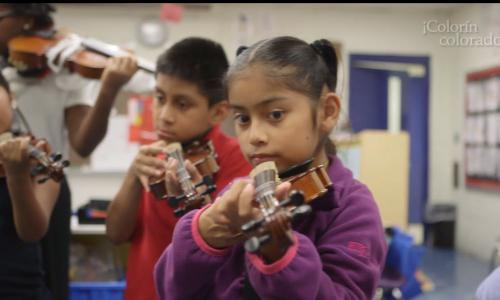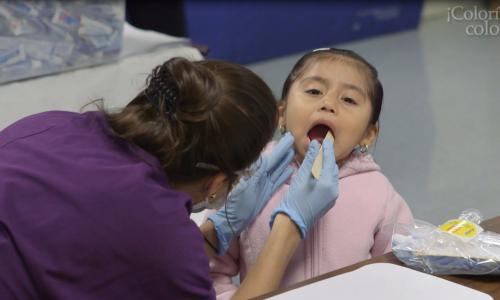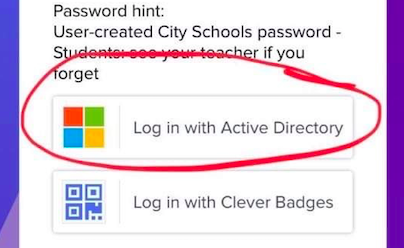When building a support network for English language learners (ELLs), community organizations can play a valuable role and offer resources that schools may not have at their disposal in order to work with ELLs and their families. While the community schools model is one way that these partnerships can grow and thrive, a school need not be an official community school to have effective partnerships.
Bridging the gap
Organizations that work on behalf of specific immigrant communities, for example, can play an important part in helping schools bridge language and cultural gaps by providing:
- Interpreters: Many school districts struggle to find interpreters for school events or conferences and to translate important documents for parents, especially for languages that have a lower incidence in the district. Community organizations may be able to provide intepreters, print translations, or recommendations of other translation services.
- Cultural liaisons: It is important for schools to be sensitive to the diverse cultural backgrounds and customs of all of its students; the customs of ELL students may be very diverse when it comes to religious observances, dietary restrictions, and social expectations. Community organizations with a cultural/national affiliation can provide invaluable insight to teachers, administrators, and staff by offering trainings and workshops that focus on providing information about a specific culture or country. This may be particularly valuable when a new immigrant community begins to grow in an area that has not previously been settled by members of this community.
- Experts on historical and political background: When welcoming students from a new immigrant community to the school, it may be helpful to learn more about the historical and political background of that community, particularly if that background has shaped immigration or resettlement patterns. For example, when refugees are resettled in a new community, understanding the conflict that displaced those refugees may go a long way in determining how to provide necessary support. This is also an important step in understanding potential traumas or hardship students may be experiencing.
Services and support
The leaders and staff of community organizations may also have many ideas about how schools, businesses, and other groups can work together to support ELL students and their families by offering:
- After-school tutoring
- Student internships
- Medical services
- Social services
- Clothing/food drives
- ESL classes for adults
- Continuing education programs
- Immigration information
- Citizenship classes
- Information on disaster relief
Note: Many undocumented immigrant families may forego services to which they are entitled due to fear of immigration enforcement, including food stamps, disaster relief, and medical care. In addition, they may not be eligible for other kids of benefits due to their immigration status. Being aware of these challenges can help schools meet students' most immediate needs discretely.
Getting started
If you are unsure of how to start a collaboration with your local community organizations, that's ok! Start by calling some of the organizations in your area and scheduling informal conversations to brainstorm ideas on ways that you can support each other. You may be surprised at how quickly the ideas start coming to you!
For more information, see the hotlinks section of this article, which includes a list of organizations working on behalf of different immigrant communities around the country, as well as organizations focused on the community schools model.
Hot links
Coalition for Community Schools
The Coalition for Community Schools, housed at the Institute for Educational Leadership, is an alliance of national, state and local organizations in education K-16, youth development, community planning and development, family support, health and human services, government and philanthropy as well as national, state and local community school networks.
American Educator, Fall 2015: Community Schools Edition
This edition of the American Federation of Teachers' Fall 2015 publication focuses on community schools, how they work, and how partnerships help schools, students, and families.
The Latin American Youth Center (LAYC) is a multicultural community-based organization in the Washington, DC area that supports youth and their families in their determination to live, work, and study with dignity, hope, and joy. The LAYC Family of Organizations is a network of youth centers, schools and social enterprises with a shared commitment to helping youth become successful and happy young adults, with the skills they need to succeed educationally, professionally, and personally.
LSNA: A Model of Successful School-Community Partnership
The Logan Square Neighborhood Association is a nationally recognized model of successful collaboration between a community organization and public schools, creating a community-centered school that serves immigrant families.
Girls Inc. is a national nonprofit youth organization dedicated to inspiring all girls to be strong, smart, and bold. With roots dating to 1864, Girls Inc. has provided vital educational programs to millions of American girls, particularly those in high-risk, underserved areas. Today, innovative programs help girls confront subtle societal messages about their value and potential, and prepare them to lead successful, independent, and fulfilling lives.
Massachusetts DOE Resources for Family and Community Involvement
The Massachusetts Department of Elementary and Secondary Education offers resources for family literacy and community involvement, providing information about program design and links to other useful Web sites.
Partnership for After School Education
The Partnership for After School Education (PASE), a New York City-focused organization, promotes and supports quality afterschool programs for youth, particularly those from underserved communities, enabling them to identify and reach their full potential.
Californians Together is a statewide coalition of parents, teachers, education advocates and civil rights groups committed to securing equal access to quality education for all children, specifically underserved English Language Learners.




 When it comes to distance learning, the school has learned a number of lessons so far, including the following:
When it comes to distance learning, the school has learned a number of lessons so far, including the following: